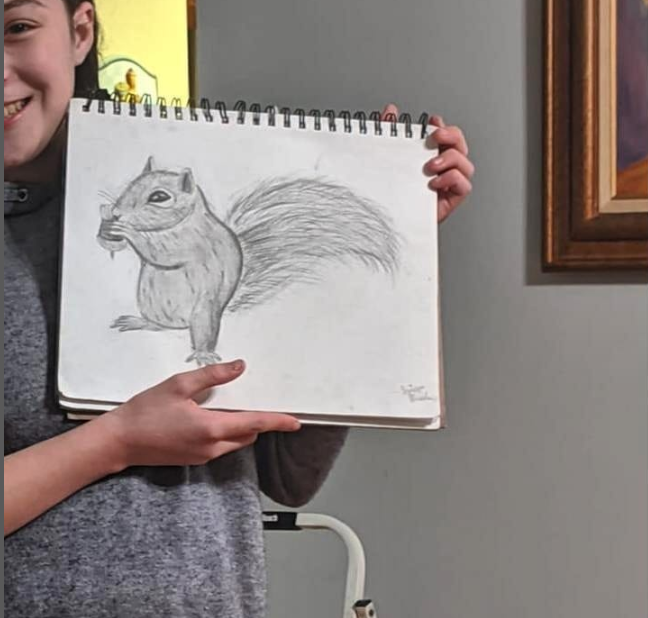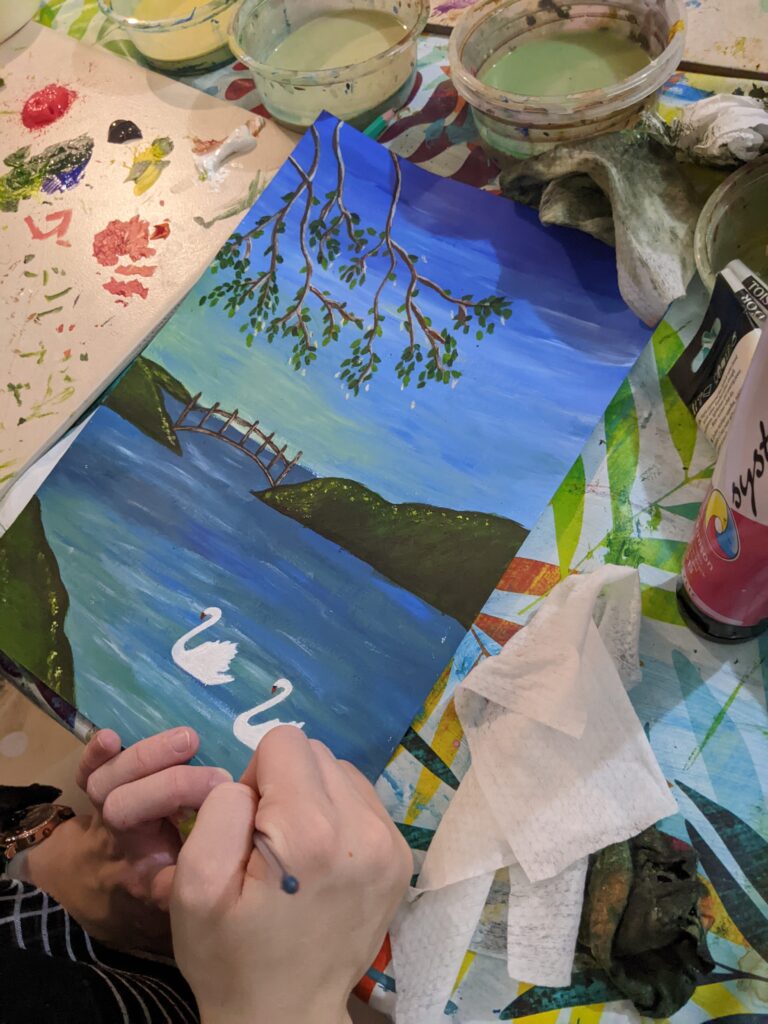Feeling overwhelmed by the countless resources on how to start learning art? You’re not alone. The internet is flooded with advice about drawing techniques, art fundamentals, and creative skills that can leave aspiring artists feeling confused and uncertain. This guide will break down everything you need to know about how to start learning art, making the journey simple and enjoyable.
Why Learning Art Matters: Your Path to Creative Expression
Learning art isn’t just about creating beautiful images—it’s about discovering a new way to express yourself. Whether you’re interested in drawing, painting, or exploring various artistic mediums, understanding how to start learning art can unlock a world of creativity and personal growth. In a time when we need healing and a chance to switch off, art can be thereaputic and a chance to express ourselves. It’s also a chance to get quiet and reflect amidst a noisy world out there.
Step 1: Explore Different Art Mediums
When learning how to start learning art, the first step is exploration. Art offers a vast landscape of mediums, each with unique characteristics:
- Watercolors
- Acrylic paints
- Oil paints
- Soft pastels
- Colored pencils
- Digital art
The key is to be playful and curious. Don’t worry about mastering everything at once. Experiment, have fun, and discover which mediums resonate with you most.

Step 2: Choose Beginner-Friendly Art Supplies
Worried about expensive art materials? Don’t be! When you’re learning how to start learning art, student-grade supplies are perfect. Recommended brands include:
- Windsor and Newton
- Daler and Rowney
- Faber Castell
- Strathmore
These brands offer quality materials at affordable prices, allowing you to explore without breaking the bank.
You can see what supplies I recommend here.
Step 3: Master the Fundamental Art Techniques
You’ve heard me say this before and I’m going to say it again in the hopes that one more person will be convinced. If you are looking to enjoy creating art, you have to learn the fundamentals of art. If you don’t, it’s like going into the sea to swim without knowing how to swim!
When you learn the fundaments of art, it means you won’t be getting frustrated by the outcomes of your artwork, you’ll be enjoying art more as you’ll know what you are doing and you’ll have a deep sense of understanding that will translate into better artwork. You won’t have to endlessly watch YouTube art tutorials in the hope they will magically make you an artist as you’ll have the skills to achieve your art goals.
Now, you may tell me that you can’t be bothered taking the time to learn the fundamentals of art or that it’s too confusing. Yes, I hear you. So here’s a quick summary of what you should learn if you want to cover the fundamentals of drawing and painting:

Drawing Fundamentals
When learning how to start learning art through drawing, focus on:
- Understanding how to draw line and edges, objects and proportion
- Understanding value and form
- Perspective, light, and shadow techniques
Painting Fundamentals
For aspiring painters, key skills include:
- Color mixing using primary colors. You can read more about this here.
- Creating and mixing values. You can read more about this here
- Understanding color saturation You can read more about this here
- Blending techniques. Start with simple non detailed paintings to work on your blending and color mixing skills
- How to use a Palette effectively- How to set up a palette and mix your colors on a palette
- Canvas painting process-How to layer and create a canvas painting that has depth, vibrancy and it’s composition is balanced

All these fundamentals are what I teach to my students of any age. I create art projects that are age appropriate with the goal of teaching these skills. So no matter what age they are, they have the skills to begin their art journey. I only realised this was the most effective way to teach art when I realised that teaching art by expecting students to just pick up the skills on the go was just leading to frustration and impatience, as well as the belief that not everyone is cut out to be an artist.
When one learns these fundamental skills, they realise everyone can be an artist and there’s nothing more empowering than the belief that they too can enjoy creating art.
Step 4: Consistent Practice is Key
The secret to improving your art skills?
You’re not going to like this one.
Consistent practice. There’s no way about it. Once you’ve mastered the fundamentals, you can go ahead and watch YouTube tutorials and try out paint party type canvas paintings to work on yoru color mixing and blending skills. You’ll notice the difference between not having the skills and having the skills and how much more enjoyable the process is.
For drawing you can take objects in your house or print out black and white drawings to copy, to refine your drawing skills. You want to work on proportion and getting those edges accurate.
There really is no fast fix, it takes commitment and consistency but you have to have mastered the fundamentals first before you can continue your art journey.
Here are some practical tips:
- Draw for 10 minutes daily
- Paint weekly
- Set achievable goals
- Be patient with your progress. No one became an artist overnight, but if you consistently work on your skills you’ll begin to notice progress and it’ll motivate you to keep on going.

Overcoming Art Learning Challenges
Remember, learning art is a journey, not a destination. I’ve taught students ranging from age 4 to 89, proving that artistic skills can be learned at any stage of life. The most important ingredients are:
- Willingness to learn
- Consistent practice
- Patience with yourself
Your Art Learning Goals
What goals will you set to develop your artistic skills? Whether it’s mastering a new medium, improving line work, or creating your first complete artwork, every step counts.
Learning art isn’t about instant perfection—it’s about enjoying the process, embracing your creativity, and continually growing. With dedication and the right approach to learning, anyone can develop artistic skills.
Ready to start your art journey? Share your goals in the comments below!

